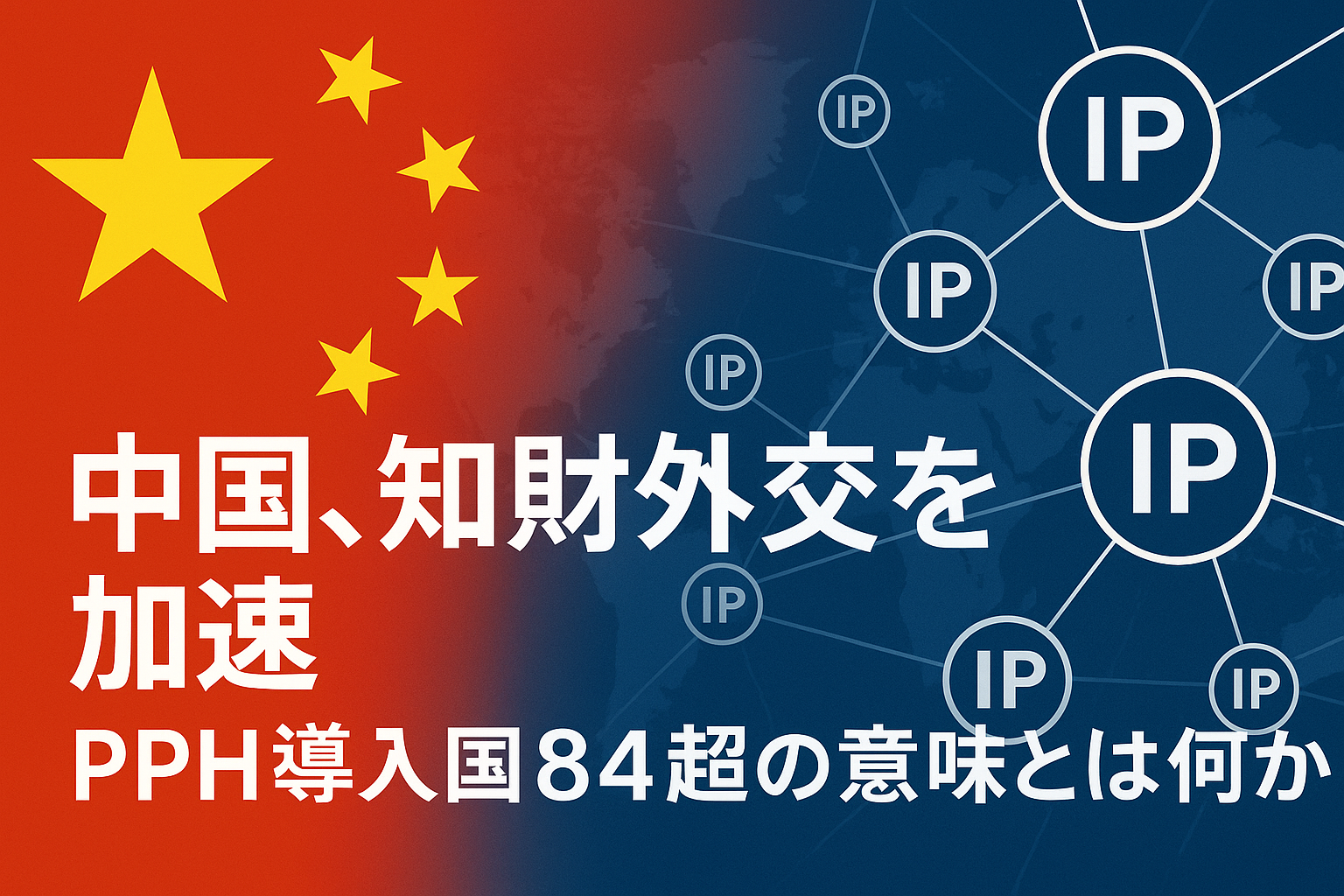At a press conference on China’s 14th Five-Year Plan, which concludes in 2025, Shen Changyu, Commissioner of the China National Intellectual Property Administration (CNIPA), announced that China has established intellectual property cooperation with over 80 countries and regions and implemented the Patent Prosecution Highway (PPH) with 84 of them. This statement marks a shift in China’s IP policy from domestic development to international expansion. This article examines the significance of PPH implementation, China’s strategic intentions, and the implications for the global community.
Expansion of PPH as a Quantitative Achievement in International IP Cooperation
Commissioner Shen cited specific figures: “cooperation with over 80 countries and regions” and “PPH implementation with 84 countries.” This level of engagement covers the majority of the world’s major economic zones and effectively establishes a genuine infrastructure for IP diplomacy. The PPH, which aims to accelerate patent examination processes among participating countries, also indicates growing international recognition of the quality and reliability of China’s patent examination system.
Why China’s IP Policy Has Turned Outward
Historically, China’s IP policy focused inward—on curbing imitation and fostering domestic innovation. However, as Chinese enterprises expand globally, the importance of mutual recognition and cooperation in IP with foreign counterparts has increased. In particular, for high-tech industries venturing abroad, the PPH has become a crucial mechanism for ensuring speed and certainty in obtaining patents.
Impact on the International Order: China as an Emerging IP Power
By participating in global rule-making through intellectual property systems, China is playing a part in global governance. As it becomes a hub in the PPH network, China is beginning to exert indirect influence on the IP administration of other countries. This development aligns with China’s rising voice within international frameworks such as the WTO and WIPO, and should be viewed in the geopolitical context of IP hegemony, particularly in competition with the U.S. and Europe.
Implications for Japan: Competition or Cooperation?
As China actively promotes IP cooperation, Japan must also consider how to strengthen IP infrastructure in Asia and explore the potential for China-Japan collaboration. At the same time, persistent concerns about technology leakage and differences in systemic reliability raise critical questions about how to align economic security with IP strategy.
As China transforms from an “IP powerhouse” to a nation pursuing “IP diplomacy,” the expansion of the PPH network stands as a symbolic achievement. The key question now is how this shift will influence international rules and industrial competition beyond mere institutional reform. This is a trend that warrants continued attention.

